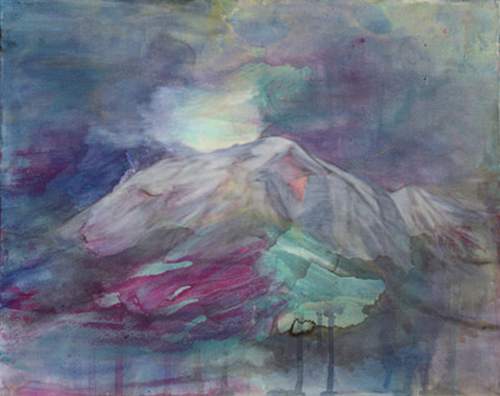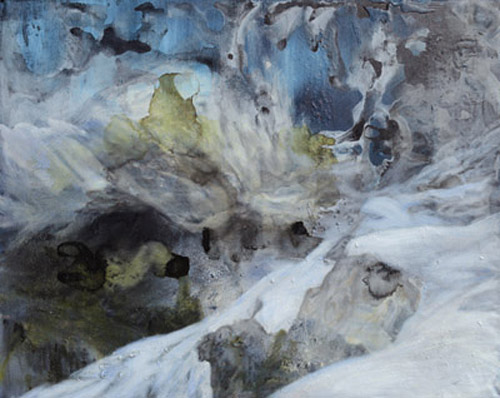Teddy's Bar and Grill celebrates 25 years of solidarity
with the avant garde!
As part of the celebrations of their 25th anniversary, and also of 125 years since Peter Doelger opened a tavern at this location, Teddy’s Bar and Grill is proud to present
WHEN WE WERE ANCIENT
a history of the Williamsburg scene
Opening Reception: Saturday, October 20, 9pm to Midnight
•••••••••••••••••••••••••••
Teddy's Back Room
96 Berry Street, at the corner of North 8th Street
Williamsburg, Brooklyn
(L Train to Bedford Avenue)
718.384.9787
•••••••••••••••••••••••••••
An exhibit of archives from the artist and bohemian migration to Williamsburg and Greenpoint in the 80s, 90s, and 2000s. Zines, posters, photos, weeklies, artist literature of all kinds from 3 decades.
And featuring Ward Shelley’s "Williamsburg Timeline"
Loren Munk’s "Williamsburg Strip" and photography by Mara Catalan.
•••••••••••••••••••••••••••
Minor Injury • The Nose • Flytrap • Cat's Head • Lizard's Tail • Keep Refrigerated • Lalalandia • El Sensorium • Organism • They Might Be Giants • The L Cafe • Mustard • Brand Name Damages • Waterfront Week • Worm • Tony Millionaire • Medea's Weekend • The Curse • The Can Man • The Ten Dollar Man • Test-Site • Open Window Theater • The Pedestrian Project • Nerve Circle • The Astro Zombies • Colored Greens • Hit & Run Theater • Wild Child Productions • Lex Grey • The Ship's Mast • and piles of other ephemera and detritus from the days of $300 apartments in the heart of the Northside
From the archives of ethan pettit contemporary and Eyewash gallery
Special thanks to Larry Walczak
•••••••••••••••••••••••••••
If you know who you are ... you will not want to miss this
Exhibit runs through November 15, daily
Photo: the Northside waterfront, circa 1990. © Eva Schicker 2012











